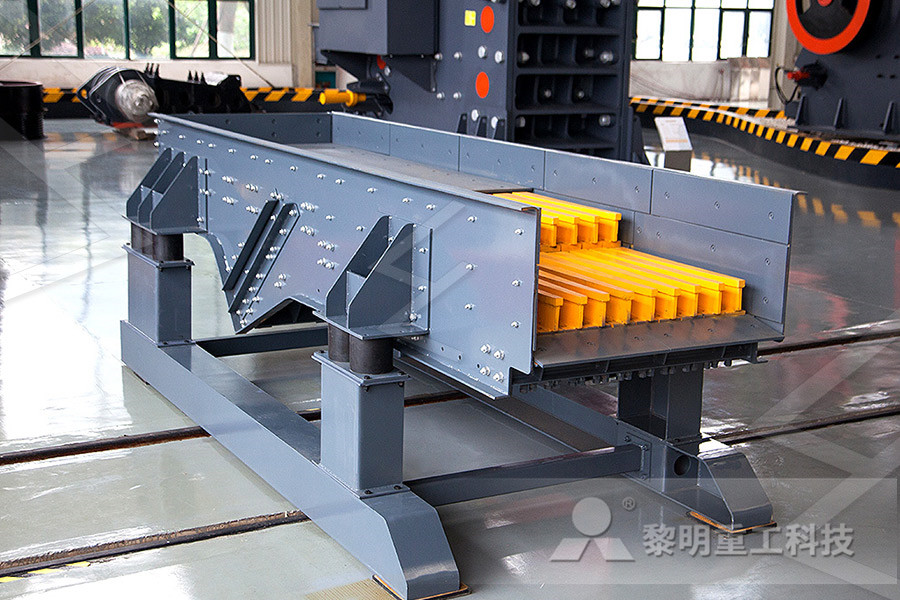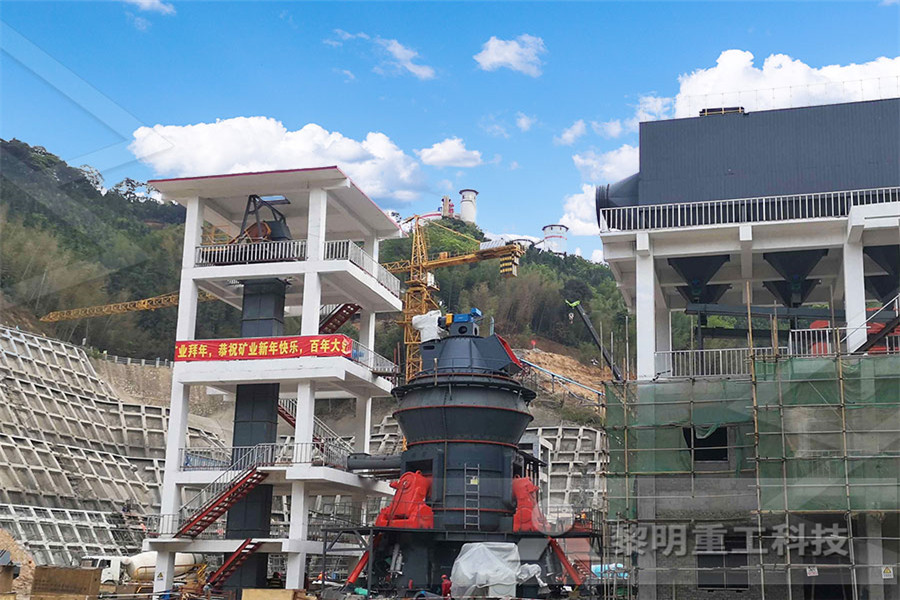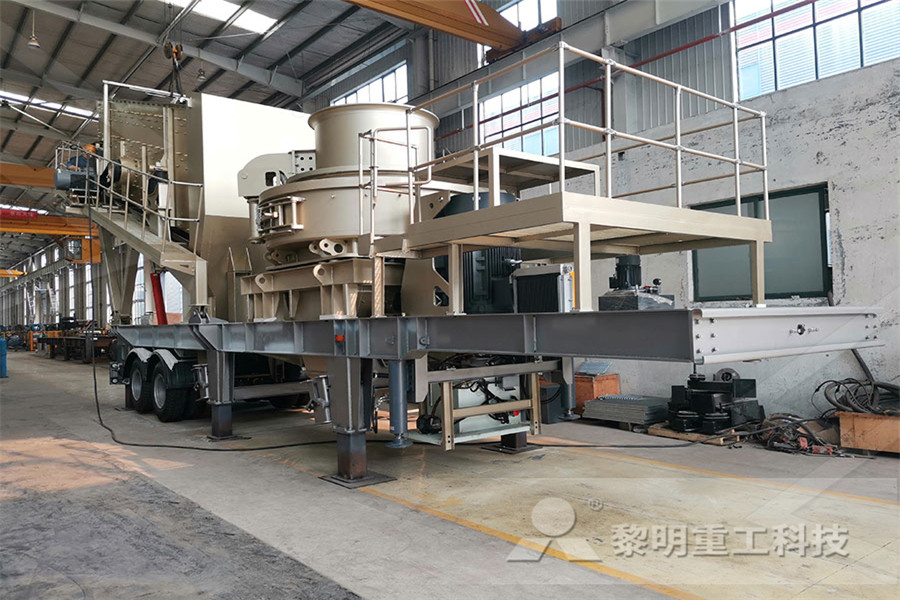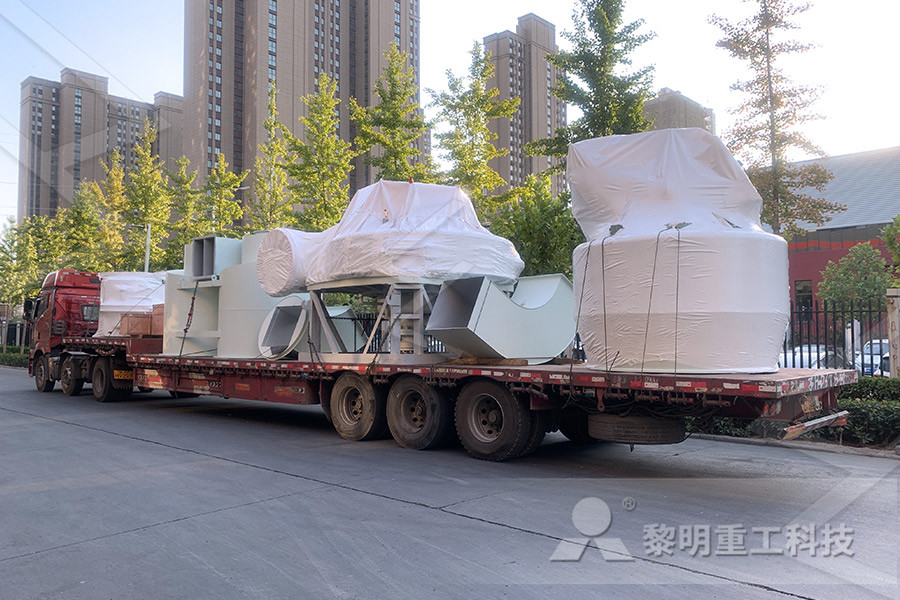pidgeon process for extraction of metals
2020-11-16T07:11:57+00:00

Pidgeon Process an overview ScienceDirect Topics
This process is unique in that it charges alumina in addition to the dolomite and ferrosilicon The addition of alumina lowers the melting point of the reaction products, thus In the Pidgeon process, ground and calcined dolomite is mixed with finely ground ferrosilicon, briquetted, and charged into cylindrical nickelchromiumsteel retorts A number of retorts are Pidgeon process metallurgy BritannicaThis process uses horizontal steel tubes called retorts, in furnaces and under vacuum In the retorts mixtures of finely ground calcined dolomite and ferrosilicon formed into briquettes react The Pidgeon Process in China and Its Future SpringerLink

Pidgeon Process On Magnesium Extraction Show The Cru
Pidgeon Process For Extraction Of Metals Pidgeon process on magnesium extraction show the cru kang research summary dd the pidgeon process is one of the methods of magnesium Generally, there are three main steps involved in the process of extraction of metals These are: Enrichment or concentration of an ore Extraction of metal from concentrated ore Extraction of Metals: Ores, Definition, Examples Embibe The Pidgeon process can be subdivided in four main subsystems: dolomite calcinations, briquette production, reduction of dolime, and refinement and ingot casting, as Assessing environmental impact of magnesium production

Extraction of Metals from Ores – Different Processes
The basic extraction of metals from ores has the following steps Grinding and Crushing The bigger chunks of the ore extracted are crushed and ground in ball mills and crushers It helps In the Pidgeon process, ground and calcined dolomite is mixed with finely ground ferrosilicon, briquetted, and charged into cylindrical nickelchromiumsteel retorts A number of retorts are installed horizontally in an oil or gasfired furnace, with their lids and attached condenser systems extending out of the furnace After Read MorePidgeon process metallurgy BritannicaThe Pidgeon process is one of the methods of magnesium metal production, via a silicothermic reduction Practical production requires roughly 3540 MWh/ton of metal produced, which is on par with the molten salt electrolytic methods of production, though above the 7 MWh/ton theoretical minimum Correct Test Weight Handling Guide: 12 Practical TipsPidgeonprocess chemeurope

Pidgeon process (schematic) Download
it belongs to the series of hydrated magnesium chlorides, mgcl 2 nh 2 o, n = 1, 2, 4, 6, 8, 12, with n = 6 (bischofite) being the most fully hydrated of these mineral phases at room temperatureIn comparison, the Pidgeon process is carried out in retorts and at 11001200°C, where the pressure is kept near vacuum It is a batch and labour intensive process where the cycle time ranges from 1224 hours An advancement of the Pidgeon process was realised in the 1960s when the Magnetherm process was developed by Pechiney in FranceCalcite mining and processing plant Currently, 85% of the world’s Mg metal is produced in China using the Pidgeon process, which was originally invented in Canada in the 1940s as a more economical alternative to the electrolyticSmelting Magnesium Metal using a Microwave Pidgeon

Extraction of Metals: Methods, Processes Involved,
The impurities must be removed from the ore prior to the extraction of the metal The processes used for removing the gangue from the ore are based on the differences between the physical or chemical properties of the gangue and the ore Different separation techniques are accordingly employed 1 Extracting Metals Low in the Reactivity Series The Pidgeon process can be subdivided in four main subsystems: dolomite calcinations, briquette production, reduction of dolime, and refinement and ingot casting, as shown schematically in Fig1 The system boundary (Fig1) includes the Pidgeon process and the auxiliary subsystem (the thermal power plant supplies energy to the processes)Assessing environmental impact of magnesium production 2 天前 The extraction of metals and their isolation occurs over a few major steps: Concentration of Ore – Here the ore is separated from earthy impurities Isolation of metal from concentrated Ore – Here the ore is converted to its Extraction of Metals Methods of Extraction of

Extraction of Magnesium Metalcess
Pidgeon process consists of four stages including calcination of the dolomite, briquetting, reduction and refining Electrorefining of magnesium uses magnesium chloride from magnesite or carnallite to produce high purity a process for separating platinum group metals (pgm's) from various feedstock materials, is disclosed, wherein a plasma arc flame is employed to produce a superheated puddle on the surface of aEPA1 Process for the extraction of The extraction of iron from its ore is done in the following ways: 1 Concentration: During this process, the iron ore is crushed into pieces These crushed pieces are concentrated by gravity separation method in which it is washed with water to remove sand, clay, and dirt 2 Calcination: the concentrated ore is then calcined in a furnaceExtraction of Metals – Minerals, Ores Iron Extraction

Magnesium Smelting via the Pidgeon Process SpringerLink
There are four main processes in smelting magnesium via the Pidgeon process: calcination, pelleting, vacuum thermal reduction, and refining (1) Calcination of dolomite: Dolomite is heated to 1100–1200 °C in a rotary furnace (rotary kiln) or shaft kiln to form calcined dolomite (MgO CaO)2 天前 The extraction of metals and their isolation occurs over a few major steps: Concentration of Ore – Here the ore is separated from earthy impurities Isolation of metal from concentrated Ore – Here the ore is converted to its Extraction of Metals Methods of Extraction of The extraction of magnesium mainly falls into two groups, ie electrorefining (for magnesite) and thermal reduction process (for dolomite) Brief introduction will be given in the following passage Thermal reduction process is represented by Pidgeon process, named after its inventor Dr Lloyd Montgomery PidgeonExtraction of Nonferrous Metal

Magnesium Slag Generated by Reduction Smelting Using
The Pidgeon process produces 7–8 tonnes of reduced slag for every onetonne of magnesium that is produced The rapid development of China’s magnesium industry is accompanied by the emission of a large amount of magnesium slag A large amount of magnesium slag is still piled up or landfilledPidgeon process consists of four stages including calcination of the dolomite, briquetting, reduction and refining Electrorefining of magnesium uses magnesium chloride from magnesite or carnallite to produce high purity Extraction of Magnesium Metalcesspidgeon process for extraction of metals pidgeon process on magnesium extraction show the crush machine, dolomite, rocks, 6th ed, society for mining, metallurgy, and exploration, 1994, pp furnaces and auxiliary equipment used to produce iron and steel in this process, magnesium is precipitated from seawater احصل على السعر >>pidgeon process on magnesium extraction show the crush

EPA1 Process for the extraction of
a process for separating platinum group metals (pgm's) from various feedstock materials, is disclosed, wherein a plasma arc flame is employed to produce a superheated puddle on the surface of a Chinese magnesium is produced in batch using the thermochemical Pidgeon process, which is the reaction of ferrosilicon (FeSi) with dolomite (MgO) The energy requirements and CO 2 emissions of the Pidgeon process for Magnesium are both very high; 102 kWh/kg and 37 kgCO 2 /kg, respectively [21] In comparison, domestic magnesium production is anMETALS Program Overview ARPAEThis process involves removing carbon from limestone through combustion to yield calcium oxide (quicklime) The reaction for this process can be given by following equation CaCO 3 (s) → CaO (s) + CO 2 (g) Reduction: Heating of Extraction of Metals Class 10 Science NCERT
Any of your enquiry will be highly appreciated.
Enquiry Now








